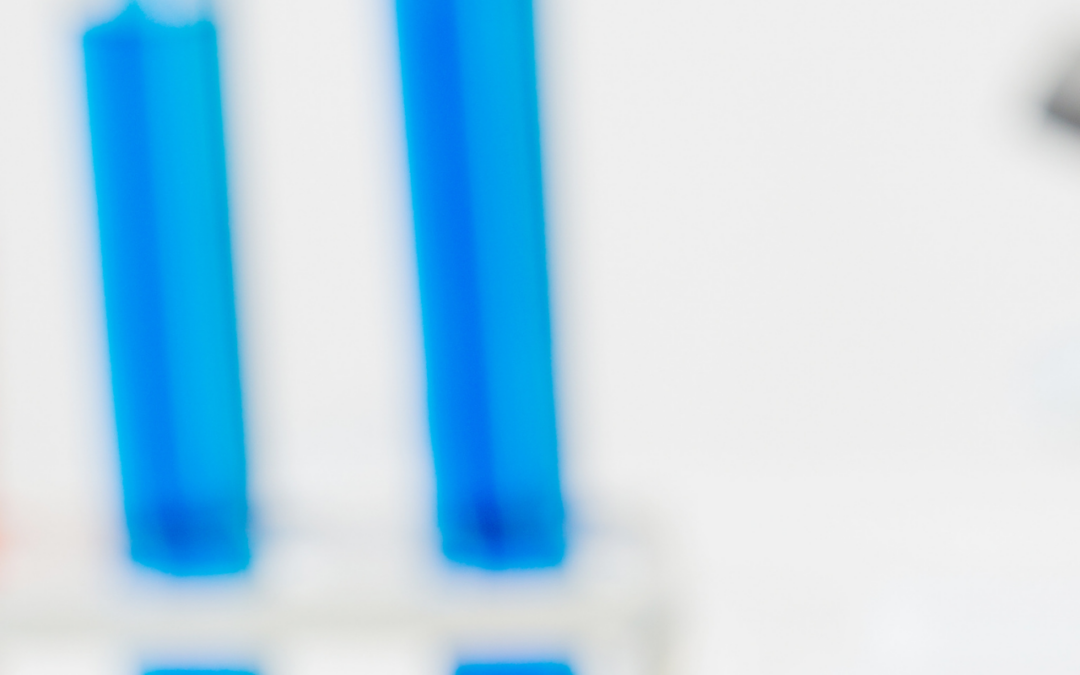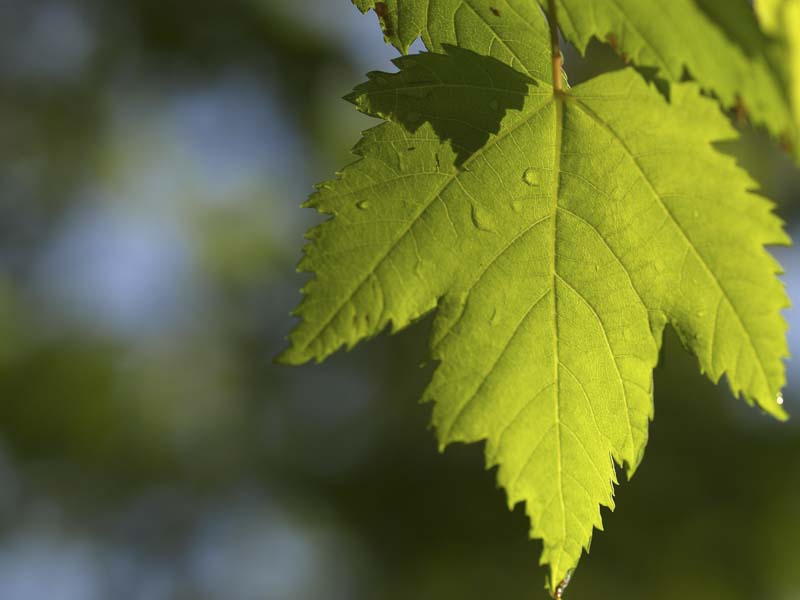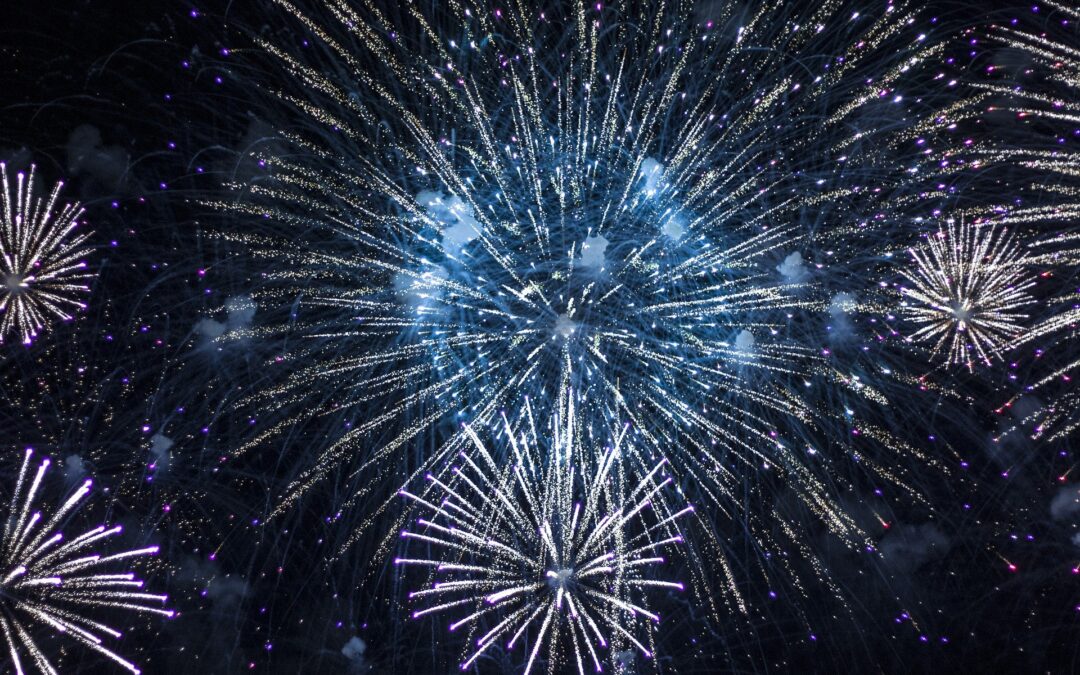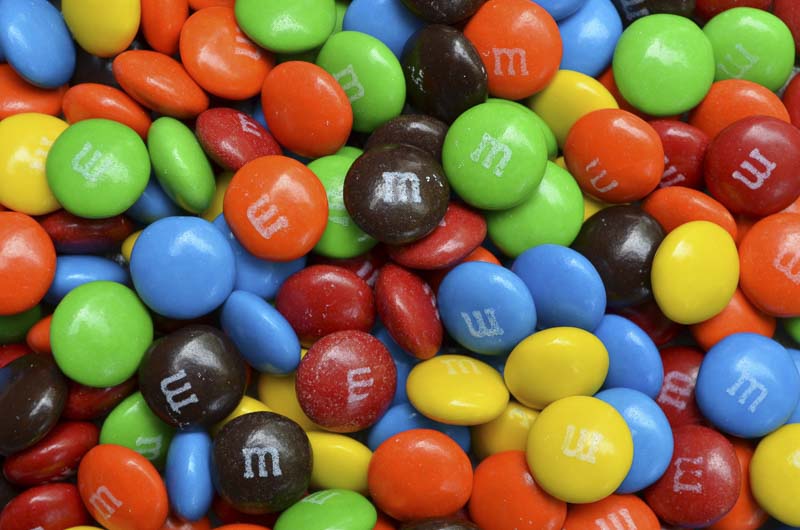What You Need:
- Non-concentrated Joy or Dawn dish soap (not “Ultra”)
- Tablespoon
- Teaspoon
- Water
- Glycerin
- 400 ml beaker
- Small plate or saucer
- Straw
- Freezer
- Magnifying glass
What You Do:
1. Make a bubble solution by mixing 4 tablespoons of dish soap with 1 cup of water in a beaker Add ½ tsp of glycerin and stir well.
2. Wet the plate with your bubble solution. (Pour a little onto the plate, swirl it around, and pour off the extra.)
3. Dip one end of the straw into the bubble solution and gently blow on the other end to form a bubble on the plate.
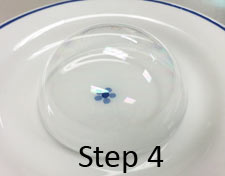
4. Carefully remove the straw from the bubble. If it pops, just try again until you get a good one.
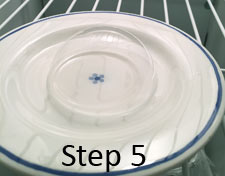
5. Open your freezer and make sure there is a spot where you can set the plate. Moving slowly and carefully, pick up the plate and set it in the freezer, then gently close the freezer (so as not to pop the bubble).
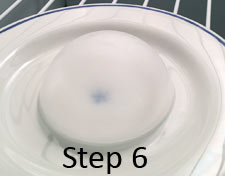
6. Check on the bubble after 5-8 minutes to see if it has started to freeze. You should see ice crystals forming on the bubble. If it doesn’t look completely frozen yet, leave it for a few more minutes, but keep in mind that it doesn’t take long for a thin bubble to freeze, so check back soon!
7. If your bubble pops after it begins to freeze, you’ve left it for too long. Just take the plate out and leave it to thaw for a couple of minutes, then try steps 3-6 again with a new bubble.
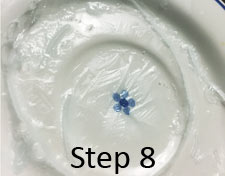
8. Once the bubble is frozen, carefully remove it from the freezer and set it on the counter. Depending on the temperature of your freezer and the temperature of your kitchen, the bubble may form a hole and collapse almost as soon as you remove it from the freezer. That’s okay—you can still check out the ice crystals on the plate and the wisps of the frozen bubble that remain! Use a magnifying glass to examine the ice crystals more closely.
What Happened:
Bubble solution is mostly made up of water. You already know that water freezes when it reaches a certain temperature and that you can make ice cubes by filling trays with water and leaving them in the freezer. Because the wall of a bubble is so thin, the bubble froze in a pretty short amount of time. Before you froze the bubble, did you notice how the liquid appeared to be swirling around inside the bubble? You probably noticed lots of different colors reflecting off of the surface of the soapy bubble. How is the frozen bubble different from an ordinary bubble? Does it still swirl around? Can you still see colors reflecting off of it?
For further experimenting—if the temperatures drop below 0° F where you live, try taking your bubble solution outside and blowing bubbles upwards into the air and watch to see if you can get any of them to freeze before they pop! Learn about the states of matter with this science lesson and then experiment with super-cooled water that freezes in an instant!


